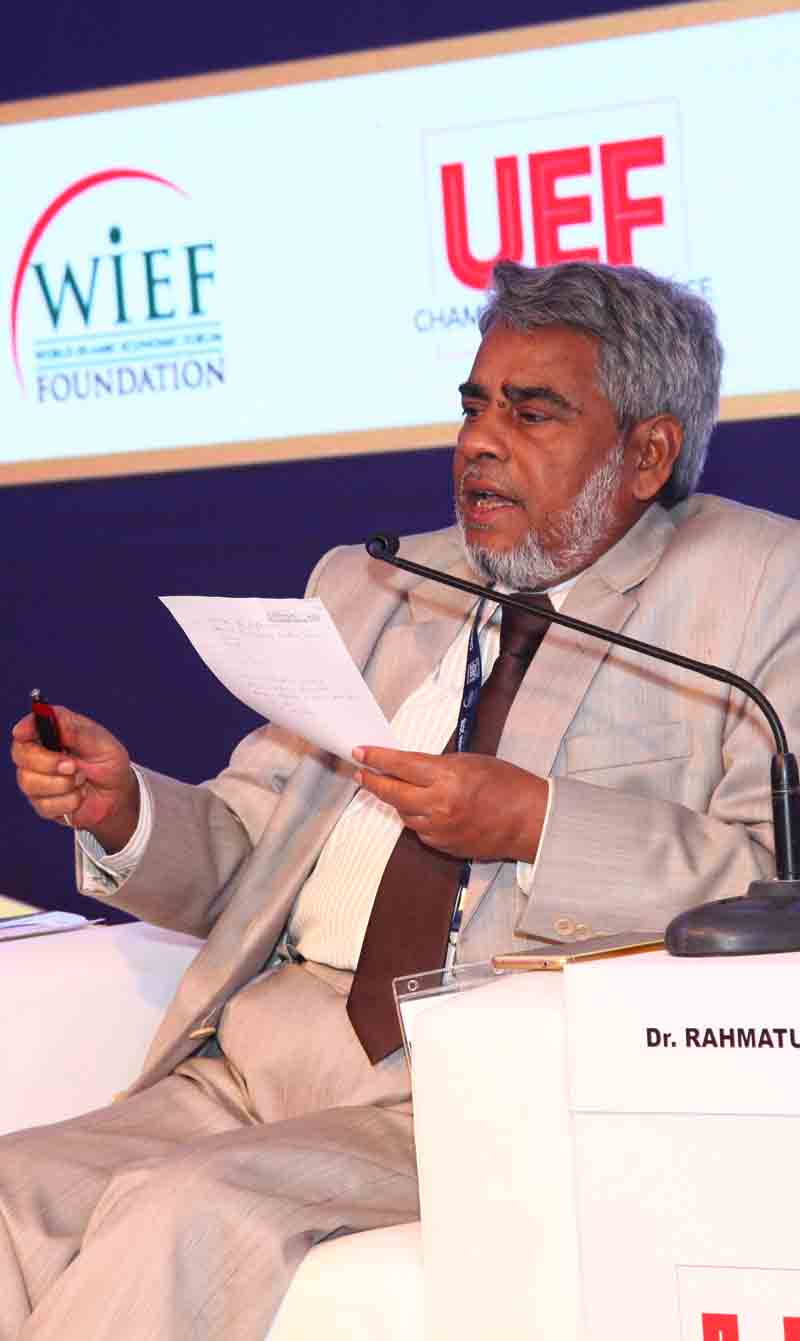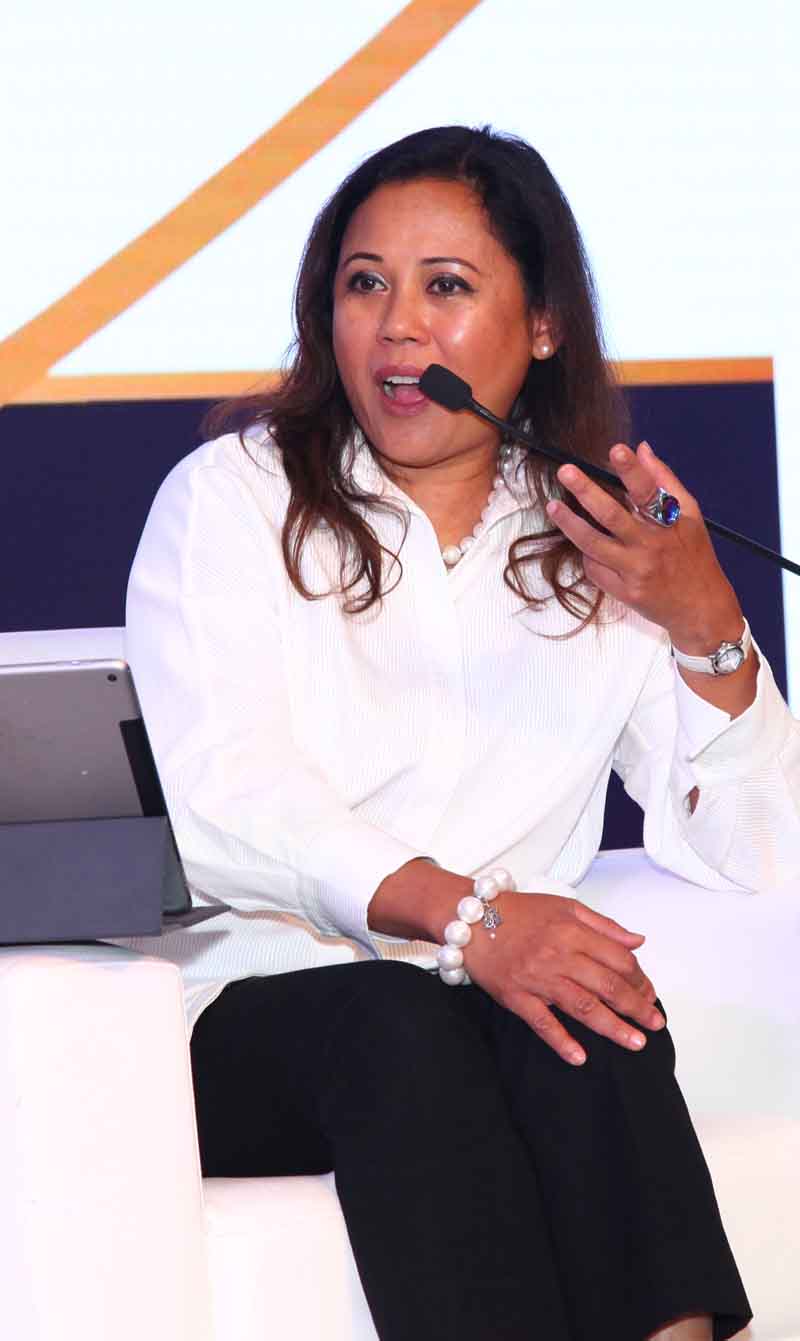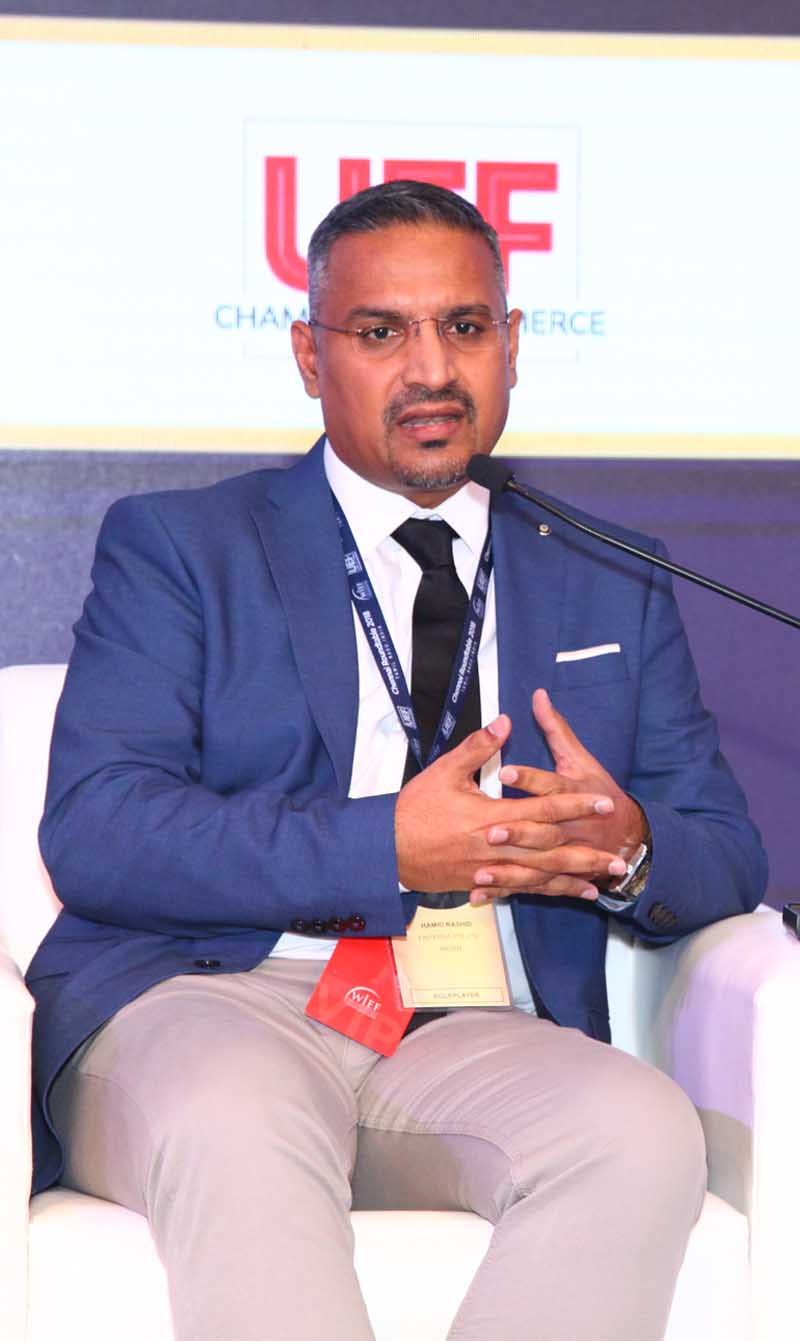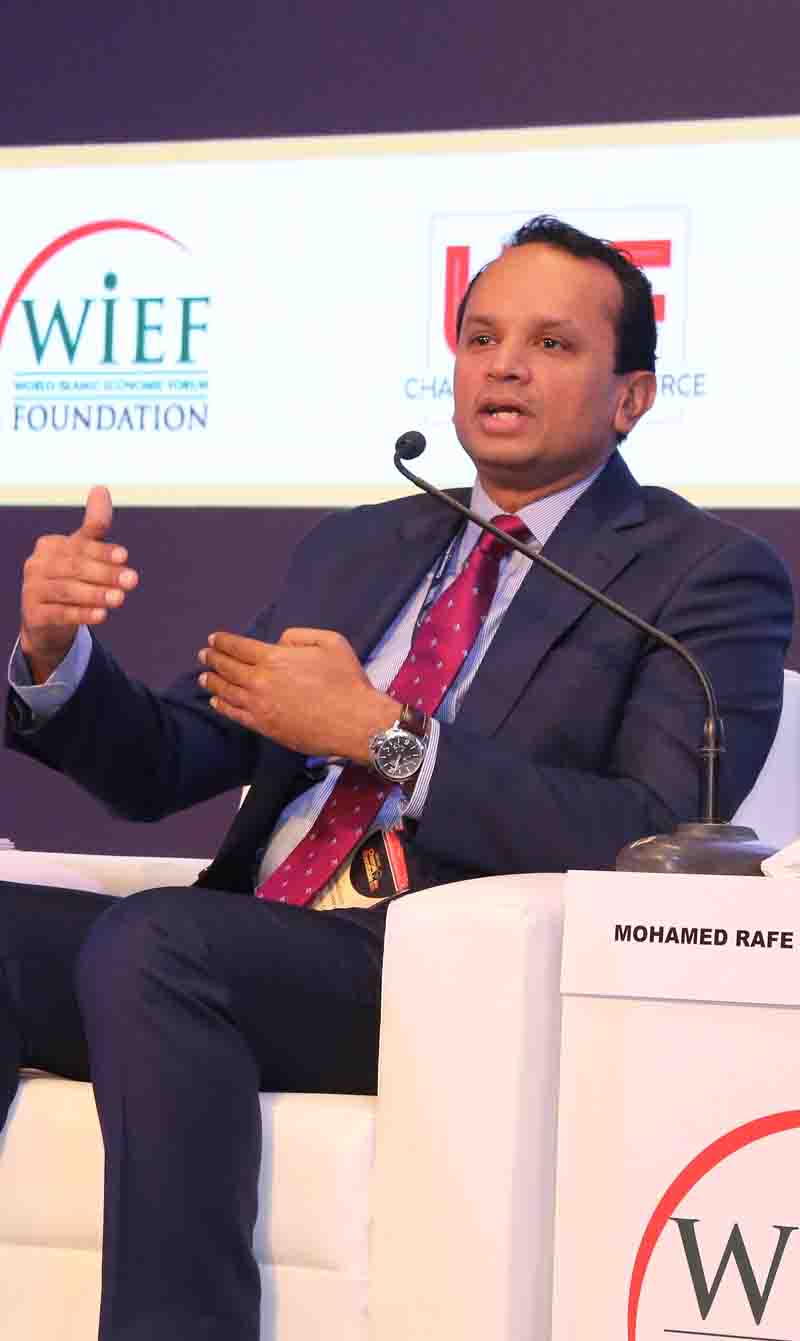Adding value to South Korea
South Korea is no stranger to financial cooperation with other countries but its ties to the Islamic region are still limited. At the WIEF Roundtable, in 2014, experts discussed how actively expanding South Korean businesses into new areas could add value for the financial sector.
According to Dr Beom-Sik Jang, Executive Vice President for Academic Affairs, Soongsil University, South Korea, attempts to bring Islamic finance into South Korea began in 2009 with legislative attempts to establish the foundations of Islamic finance in the country. Although there was little success at the time, Dr Beom-Sik said that progress was still possible as ‘the demand for Islamic finance is growing stronger than ever before in this country.’
Former Deputy Prime Minister of South Korea and Minister of Strategy and Finance, professor Dr Oh-Seok Hyun of the South Korean National Diplomatic Academy, provided an overview of the global economic outlook emphasising that economic recovery had not been as positive as previously forecasted. ‘Uneven global recovery continues due to the fact that the legacies of the crisis, such as high private and public debt, still cast a shadow. The pace of recovery is becoming more country-specific,’ he said.
Focusing on South Korea
Professor Dr Oh-Seok also warned of the increase in downside risks such as worsening geopolitical tensions, stagnation and low-growth potential, adding that raising actual and potential growth must remain a priority. Focusing on South Korea, he noted that the country had fared relatively well compared to other countries: ‘We have maintained about average growth and recorded an annual growth rate of three per cent last year. We have one of the lowest levels of government debt in the world.’
He stressed that it was time for decisive action and new policies to steer the South Korean economy away from potential stagnation, adding that the Government had a three-year plan for economic innovation based on the philosophy represented in five ‘Cs’: change, carry out, concentration, core and creative ideas. ‘The three-year plan consists of three key strategies: achieving healthy economic fundamentals, an innovative and dynamic economy, and balanced growth between domestic demand and exports,’ professor Dr Oh-Seok said.
The South Korean banking industry’s total assets have grown from USD1.8 trillion to more than USD2 trillion. The insurance industry’s total assets under management are as large as USD740 billion, growing more than double in the past five years,
He presented a ‘report card’ on the South Korean financial market, giving it the thumbs up for having made steady progress through the financial crisis. ‘South Korean financial firms are now actively expanding their businesses into new areas such as retirement pensions and private banking, as well as expanding overseas. However, the economic value added by the financial sector has been stagnant for some time and overseas expansion has not been that successful.’ Dr Dong-Hyun Ahn, professor of economics at Seoul National University, spoke on the remarkable growth of the South Korean financial market: ‘In 1991, the South Korean Government developed the financial industry as a strategic industrial sector for further economic growth by liberalising the interest rate and providing a roadmap to globalise it.’
‘The South Korean banking industry’s total assets have grown from USD1.8 trillion to more than USD2 trillion. The insurance industry’s total assets under management are as large as USD740 billion, growing more than double in the past five years,’ he said. One of the strategies that Dr Dong-Hyun highlighted for developing the financial sector involved increasing economic and financial cooperation with the Middle East and other Islamic countries beyond the current focus on oil and gas.
‘There is much potential to be unlocked within the Islamic region and the benefits from greater financial and economic cooperation are mutual for both South Korea and the Islamic countries,’ he said. Dr Dong-Hyun made a compelling argument for why South Korea would be an attractive foothold for Islamic finance in East Asia: ‘South Korea is one of the leading countries in manufacturing industries and is also quite strong in other major industries such as shipbuilding, petrochemicals, electronic appliances and information technologies.’ He added that the South Korean financial market was attractive because it was well-advanced and complemented by a top-notch financial IT sector and a robust legal system. ‘More importantly, from a political standpoint, South Korea is well-balanced and neutral,’ he stressed.
With these characteristics as well as a long historical relationship with the Islamic world, South Korea could be a regional satellite hub for Islamic finance in East Asia, he said.
Virtues of Islamic finance
The virtues of Islamic finance were also examined by experts, Dr Osman Babiker Ahmed, lead economist and training specialist at the Islamic Research and Training Institute (IRTI-IDB), Saudi Arabia and former chief executive officer of CIMB Islamic Bank Malaysia Dato’ Badlisyah Abdul Ghani.
Describing Islamic finance as a shariah-compliant form of intermediation between the haves and have-nots, Dato’ Badlisyah said that Islamic finance filled a gap in the market by catering to the world’s 25 per cent population of Muslims and also provided alternative choices for other consumers. ‘From a regulator’s or government’s perspective, they expect the financial market to support national development and facilitate trade within the country as well as external trade with other countries. Governments and regulators also look at the protection of systemic as well as financial stability and integrity.
‘They also go for optimal wealth distribution among the population,’ Dato’ Badlisyah said, highlighting the four segments of Islamic finance: commercial banking, sukuk, takaful and Islamic investment funds.
Islamic banking assets worldwide were valued at USD1.5 trillion with a compounded annual growth rate of 17 per cent between 2009 and 2013, said Dr Osman.
‘Islamic finance also requires a cost-efficient environment for it to be able to fulfil the needs of consumers. We need to have tax neutrality to allow Islamic finance and conventional finance to be available to consumers in the real sense.’
The majority of Islamic commercial banking institutions were hosted in the Middle East, while in Southeast Asia, Malaysia and Indonesia dominated the market.
‘The global gross takaful contributions are estimated to have amounted to USD21.5 billion towards the end of 2014, and the annual growth in contributions for Islamic insurance is forecast to be more than 15 per cent by 2014 and early 2015,’ said Dr Osman, adding that ‘Saudi Arabia generated an estimated USD4.6 billion in gross takaful contributions in 2013, and Malaysia gathered about USD2.3 billion in Islamic insurance premiums.’
While Dato’ Badlisyah believed that the 140,000-strong Muslim population in South Korea justified the presence of Islamic finance, he said that several measures had to be put in place for Islamic finance to operate. ‘The first is about having an enabling environment. This can only be achieved if governments and regulators in a particular jurisdiction decide to put in place the necessary legislation or regulations that can facilitate Islamic financial transactions,’ he said.
‘Islamic finance also requires a cost-efficient environment for it to be able to fulfil the needs of consumers. We need to have tax neutrality to allow Islamic finance and conventional finance to be available to consumers in the real sense.’ Dato’ Badlisyah added.
When South Korea has a conducive environment in place, the final step is ‘to just do it’. To this end, Dato’ Badlisyah recommended that South Korea should collaborate with organisations in Malaysia and the GCC or participate directly through the marketplace for Islamic finance in Malaysia. Moderator Dr Beom-Sik encouraged South Korea to continue pursuing research in Islamic finance in order to understand its philosophical functions, structural and legal features, banking regulations, as well as market trends.
‘Islamic finance could complement (the conventional financial sector) in providing financial stability throughout the world; and I hope Islamic finance will be pursued more thoroughly and actively in the coming years,’ he concluded.
___________________
This is based on a report from the WIEF Roundtable session in Pyeongchang, Gangwon, South Korea, 2014.
Photo by Andy Kelly on Unsplash





